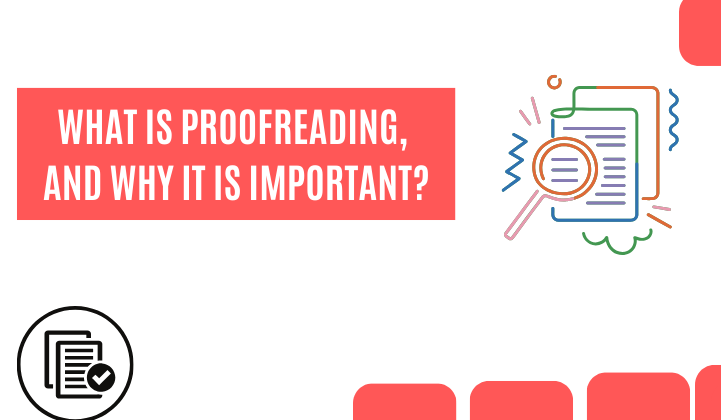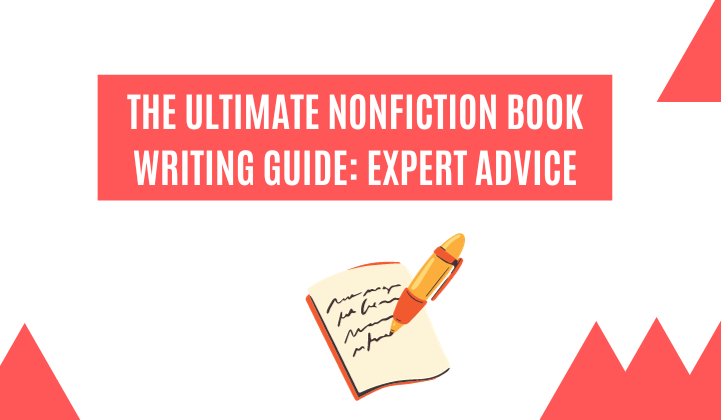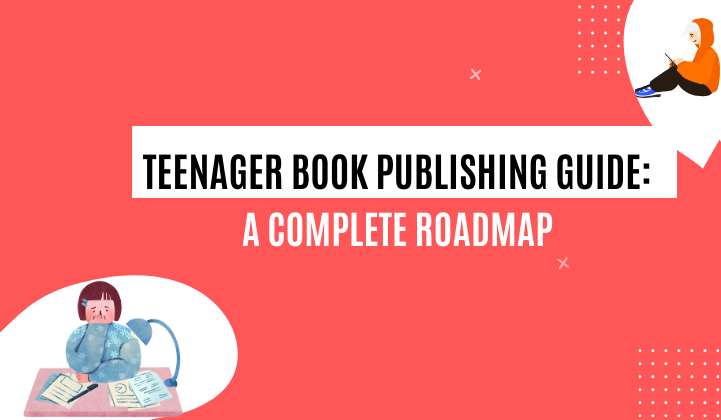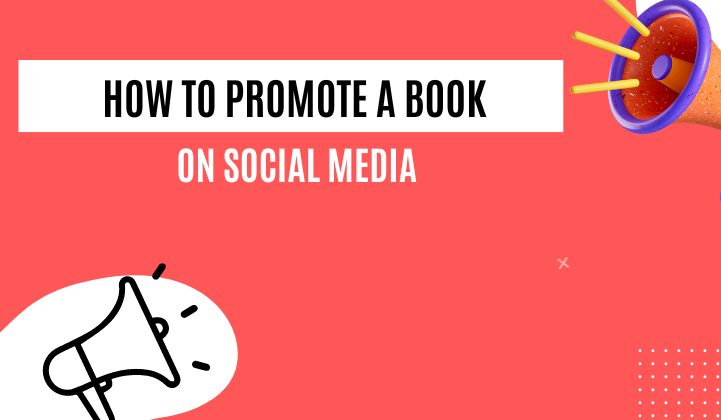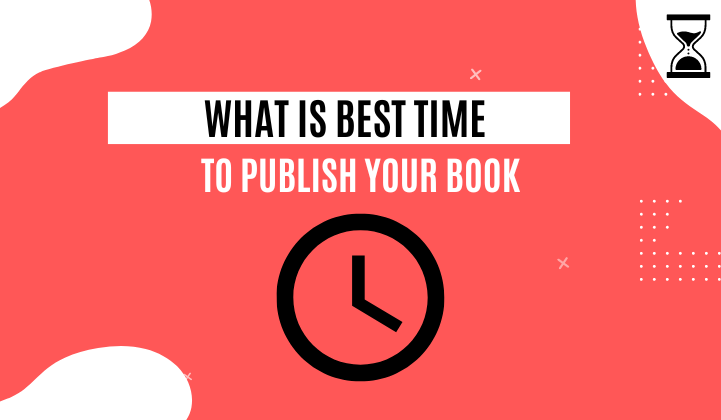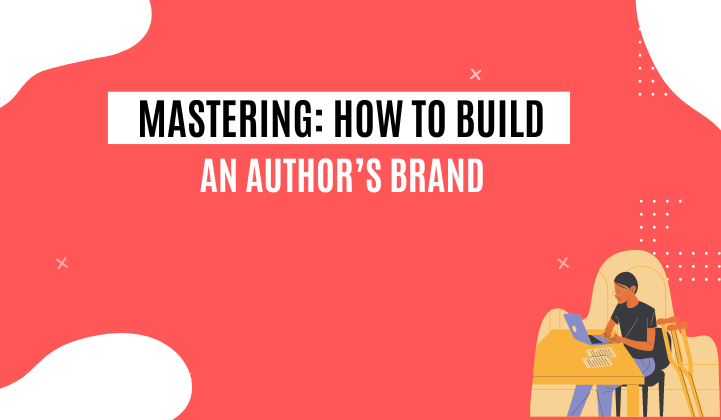7 stages of Publishing Process: Every Writer knows
Whether you’ve written before or this is your first time, knowing the different steps in the publishing process may help you confidently move from idea to manuscript to published book.
Also Read out – Inspiring Mindset Tips for Authors
Step 1: Come up with a story.
Every book begins with a concept. Finding the one that gives you enough energy to finish a full novel is the key.
How to inspire creative thinking?
Creating the story itself is the first step in the publication process. Many authors get inspiration from their lives, imagination, dreams, or other artistic mediums. Others devote themselves entirely to research to unearth fascinating tales or distinctive viewpoints.
Whatever your source of inspiration, broaden your knowledge of storytelling by reading as many books as possible, especially those that aren’t in your genre or writing style.
Many of the most brilliant concepts begin with “What if…?” For example, J.K. Rowling’s Harry Potter series was conceived due to the delays on her train, which inspired her to picture a young wizard enrolling at a school of magic. One of the most cherished book series in literary history started thanks to this creative imagination. Visit the Manuscript Wish List to learn what agents and editors seek as an additional useful recommendation.
Step 2: Market research
Once you have a concept, ensuring it hasn’t already been done to death is important. Of course, that doesn’t mean you shouldn’t write your book just because a topic has already been addressed in one or two other books. After all, agencies prefer it when there are similar novels, especially if they are bestsellers. However, you should have a concept different from a tremendously popular title, such as creating a book series about a young child who discovers he has magic and enrolls at a wizarding school.
Step 3: Analyse your target market.
Understanding your audience is crucial since it affects the story’s style, tone, and themes.
Step 4: Find out who your potential readers are, what they like, and what speaks to them.
It’s time to start writing after you have an idea you’re enthusiastic about and you know who you’re writing for.
Using book outlines as a guide.
Making a book outline can give your novel a well-structured framework before you start the writing process. Outlines serve as road maps that lead you through character and storyline development. They can help you avoid writer’s block and keep your novel on course.
Also Read out – LIST OF BOOK PUBLISHERS IN INDIA: Way To Success
Chapter organization and pacing.
Think carefully about your chapter’s organization and pace while you write your manuscript. Readers interested in the story can be kept flipping the pages by branches with smooth transitions. To keep the plot interesting, strike a balance between tension and relief.
Set sensible objectives.
Setting realistic goals can help you stay motivated and focused when writing a book, which is a huge undertaking. To divide the work into small chunks, decide on daily/weekly word counts or write achievable targets. As you get closer to finishing your novel, rejoice in your progress.
Step 5: Proofreading and editing
Your manuscript must go through the critical editing and revising stages when the initial draft is finished. These editing processes aid the story’s improvement and ensure it is prepared for publication. A developmental editor or beta readers can help you ensure your manuscript is strong. These beta readers will specifically point out any issues with your storyline or character arcs if you’re writing fiction.
You can begin copy editing if your novel or nonfiction book is well-written and concise. Authors cannot detect their errors, so you cannot complete this phase alone. While employing grammar checkers like Grammarly or ProWritingAid is a good first step, a human editor is still necessary.
Also read out – 10 Best tools for Writing a Book in 2023
Step 6: Publication
Your novel has been written and revised and is now ready to publish. What’s next? You have two alternatives for publishing, then.
In comparison to self-publishing, traditional publishing houses, which manage all parts of the publishing process, from editing to distribution, have long been the only feasible option for authors. Self-publishing, however, has developed into a powerful choice for authors who want to keep creative control and receive a larger share of profits.
Of course, we support writers every day as they work to publish their works, but we also adore self-publishing because of how democratic and simple it is. Going through many gatekeepers is necessary for anyone to publish a book.
Powerful Complete Self-Publishing Packages from Writerstutor provide you with everything you need to publish printed books and eBooks.
Step 7 : Advertising and promotion
Once your book is finished, marketing and promotion are essential to reach your target audience and develop a following, regardless of whether you’ve secured a traditional publishing agreement or decided to self-publish.
Create a platform for your writing.
Your internet presence, including your author’s website, social media accounts, and email newsletters, make up your author platform. Connect with readers, participate in conversations, and publish updates about your work by creating an author platform. In other words, you must use the media that your audience prefers.
Also Read out – 5 Outstanding Tips For Writing Author’s Bio
Frequently Asked Question
Why is publishing a process matters?
Publishing is crucial for several reasons, and one is that it enables researchers to communicate their discoveries to colleagues in related fields. Researchers can share their ideas, theories, and findings with coworkers, other researchers, and the general public by publishing their work.
What three categories of publishing exist?
Today’s three main categories of publishing are traditional, independent, and hybrid or partnership publishing. With conventional publishing, the publisher invests money and expertise to publish and distribute the book, the author supports time and effort to produce the book, and the profits (or losses) are split.
What three roles does a publisher play?
A publisher controls the design, editing, and production processes with the assistance of proofreaders, printers, and editors. Publishers create timetables for each procedure step and work backward from the anticipated release date.
Also Read out – 8 Easy Exercise to Improve Writing Skills that Works
Conclusion
In conclusion, the stages of the publishing process present a dynamic journey that transforms an author’s creation into a polished masterpiece ready for the world to embrace. Commencing with the initial draft, writers embark on a profound exploration of ideas, setting the foundation for what’s to come.
The subsequent stage, editing, and revision, is a meticulous endeavor that shapes the raw material into a coherent and captivating narrative. Design and formatting add a visual dimension, breathing life into the words and enhancing the reader’s experience.
Also read out – Useful Tips for Writing A Book: Step-by-Step Guide


